Difference between revisions of "Leather ball"
(Created page with "<p align=center> 300px </p> Lederbälle gab es schon vor Hunderten von Jahren. Das Leder wird so geformt und geschni...") |
|||
| (10 intermediate revisions by one user not shown) | |||
| Line 3: | Line 3: | ||
</p> | </p> | ||
| − | |||
| − | |||
<p align=center> | <p align=center> | ||
| − | + | [[bild:Fussball-01-Ledermuseum-Offenbach.jpg|500px]] | |
| − | [[bild:Fussball-01-Ledermuseum-Offenbach.jpg| | + | |
</p> | </p> | ||
| + | |||
| + | |||
| + | ==The history of leather balls== | ||
| + | For centuries, leather has been used for the production of balls to play various games and sports. The origin of leather balls lies in the need for a durable yet flexible ball for different activities. Early cultures utilized animal hides, particularly those of cattle or sheep, to create balls. These hides were sewn into a spherical shape and then filled with animal hair, fabric scraps, or plant materials to give the ball a round form and some degree of bounce. | ||
| + | |||
| + | Over time, different types of leather balls evolved for various games and sports. In ancient Egypt, for example, balls made of animal hides were used for games like "harpastum," a type of ball game resembling the precursors of today's football. In ancient Greece and Rome, leather balls were utilized for games like "episkyros" or "harpaston," which were also ball games with certain similarities to modern-day football. During the Middle Ages and the Renaissance, leather balls were used in various sports. In the 14th and 15th centuries, games like "La Soule" and "Calcio Storico" emerged in Europe, where leather balls were played with. | ||
| + | |||
| + | In the 19th century, leather balls were further developed and refined, particularly with the introduction of professional sports such as football and rugby. During this time, stitched-panel leather balls began to be produced to ensure better shape retention and flight characteristics. Leather balls remained the dominant choice for sports balls until the introduction of synthetic materials like rubber and plastic in the mid-20th century. | ||
| + | |||
| + | |||
| + | ==Leather balls== | ||
| + | The [[leather]] for ball-production is [[Formed leather|shaped]] and [[Leather cutting|cut]] so that it can be sewn into a ball. There are many sports across the world that use leather balls; the most well-known sports are football in the US (or American football), soccer in the US (or football elsewhere), baseball, cricket and many other ball games. Also medicine balls. | ||
| + | |||
<p align=center> | <p align=center> | ||
| − | [[bild:Fussball-Leder-02.jpg| | + | [[bild:Fussball-Leder-02.jpg|500px]] |
| − | + | ||
</p> | </p> | ||
<p align=center> | <p align=center> | ||
| − | '' | + | ''Soccer - football - leather ball''<br></p> |
<p> </p> | <p> </p> | ||
<p align=center> | <p align=center> | ||
| − | [[bild:Lederball-alt-002.jpg| | + | <flashow>//www.youtube.com/v/xSh2i0RJiTc&fs=1&color1=0x660000&color2=0x550000&border=1|width=500|height=281,25</flashow> </p> |
| − | [[bild:Lederball-alt-001.jpg| | + | <p align=center> |
| + | ''The manufacturing of football leather balls 1956 in London.'' | ||
| + | </p> | ||
| + | |||
| + | |||
| + | <p align=center> | ||
| + | [[bild:Lederball-alt-002.jpg|500px]] | ||
| + | </p> | ||
| + | <p align=center> | ||
| + | [[bild:Lederball-alt-001.jpg|500px]] | ||
</p> | </p> | ||
<p align=center> | <p align=center> | ||
| − | '' | + | ''Medicine balls are traditionally made of leather.''<br></p> |
<p> </p> | <p> </p> | ||
| Line 33: | Line 51: | ||
</p> | </p> | ||
<p align=center> | <p align=center> | ||
| − | ''Cricket | + | ''Cricket ball''<br></p> |
<p> </p> | <p> </p> | ||
| Line 46: | Line 64: | ||
</p> | </p> | ||
<p align=center> | <p align=center> | ||
| − | ''Cricket | + | ''Cricket balls are not spared. The leather gets [[leather damages|traces of use]].''<br></p> |
<p> </p> | <p> </p> | ||
<p align=center> | <p align=center> | ||
| − | [[bild:Baseball-01.jpg| | + | [[bild:Baseball-01.jpg|250px]] |
| + | [[bild:Baseball-02.jpg|250px]] | ||
</p> | </p> | ||
| − | |||
<p align=center> | <p align=center> | ||
| − | + | [[bild:Baseball-03.jpg|500px]] | |
| − | [[bild:Baseball-03.jpg| | + | |
</p> | </p> | ||
<p align=center> | <p align=center> | ||
| − | '' | + | ''New baseball made of leather and used. - Leather is very [[leather quality|durable]].''<br></p> |
<p> </p> | <p> </p> | ||
| − | Football | + | Football is one of the biggest national sports in the US. In the higher leagues such as the ‘National Football League’, the use of [[leather|real leather]] for the official balls is a requirement. The lower leagues often use [[Imitation leather|rubber or plastic]] balls as they are much cheaper. During the NFL Super Bowl, each team receives 108 leather balls. 54 are for training and 54 for the games. Before the game, the balls are checked for authenticity. NFL footballs are all produced in the US. The company Wilson produce approximately 4,000 footballs each day. The leather is [[Leather cutting|machine cut]]. |
<p align=center> | <p align=center> | ||
| − | [[bild:Leder-Football-antik-01.jpg| | + | [[bild:Leder-Football-antik-01.jpg|500px]] |
| − | + | ||
</p> | </p> | ||
<p align=center> | <p align=center> | ||
| − | '' | + | [[bild:Football-01.jpg|500px]] |
| + | </p> | ||
| + | <p align=center> | ||
| + | ''Leather football antique and modern.''<br></p> | ||
<p> </p> | <p> </p> | ||
| − | + | ==Additional information== | |
| + | * [[Bolas - Boleadoras]] | ||
| − | + | <logoplustext /> | |
| − | + | ||
| − | + | ||
| − | + | ||
| − | + | ||
| − | + | ||
| − | + | ||
| − | + | ||
| − | + | ||
| − | + | ||
[[Kategorie:All Articles]] | [[Kategorie:All Articles]] | ||
[[Kategorie:Miscellaneous Leather items]] | [[Kategorie:Miscellaneous Leather items]] | ||
Latest revision as of 18:53, 17 July 2023
The history of leather balls
For centuries, leather has been used for the production of balls to play various games and sports. The origin of leather balls lies in the need for a durable yet flexible ball for different activities. Early cultures utilized animal hides, particularly those of cattle or sheep, to create balls. These hides were sewn into a spherical shape and then filled with animal hair, fabric scraps, or plant materials to give the ball a round form and some degree of bounce.
Over time, different types of leather balls evolved for various games and sports. In ancient Egypt, for example, balls made of animal hides were used for games like "harpastum," a type of ball game resembling the precursors of today's football. In ancient Greece and Rome, leather balls were utilized for games like "episkyros" or "harpaston," which were also ball games with certain similarities to modern-day football. During the Middle Ages and the Renaissance, leather balls were used in various sports. In the 14th and 15th centuries, games like "La Soule" and "Calcio Storico" emerged in Europe, where leather balls were played with.
In the 19th century, leather balls were further developed and refined, particularly with the introduction of professional sports such as football and rugby. During this time, stitched-panel leather balls began to be produced to ensure better shape retention and flight characteristics. Leather balls remained the dominant choice for sports balls until the introduction of synthetic materials like rubber and plastic in the mid-20th century.
Leather balls
The leather for ball-production is shaped and cut so that it can be sewn into a ball. There are many sports across the world that use leather balls; the most well-known sports are football in the US (or American football), soccer in the US (or football elsewhere), baseball, cricket and many other ball games. Also medicine balls.
Soccer - football - leather ball
The manufacturing of football leather balls 1956 in London.
Medicine balls are traditionally made of leather.
Cricket ball
Cricket balls are not spared. The leather gets traces of use.
New baseball made of leather and used. - Leather is very durable.
Football is one of the biggest national sports in the US. In the higher leagues such as the ‘National Football League’, the use of real leather for the official balls is a requirement. The lower leagues often use rubber or plastic balls as they are much cheaper. During the NFL Super Bowl, each team receives 108 leather balls. 54 are for training and 54 for the games. Before the game, the balls are checked for authenticity. NFL footballs are all produced in the US. The company Wilson produce approximately 4,000 footballs each day. The leather is machine cut.
Leather football antique and modern.
Additional information







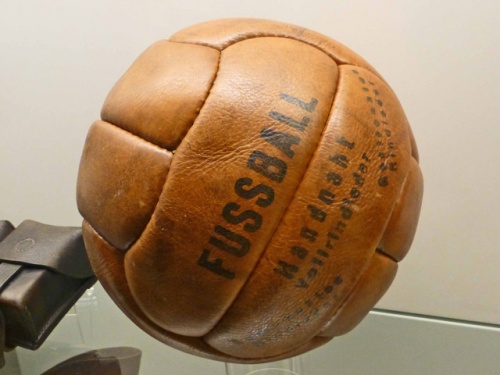
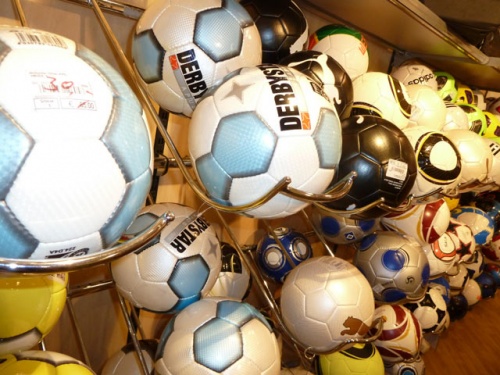
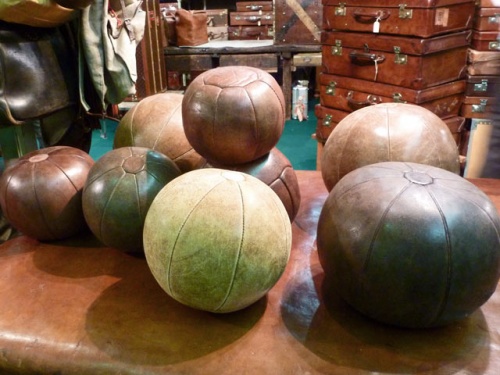

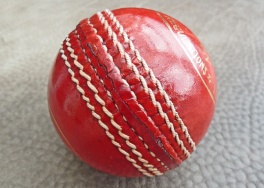


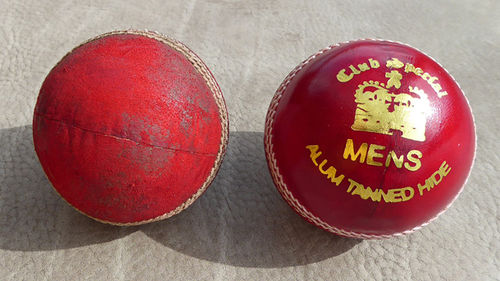

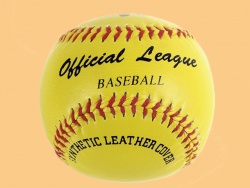
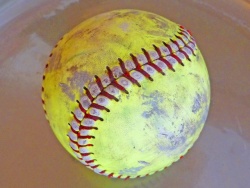
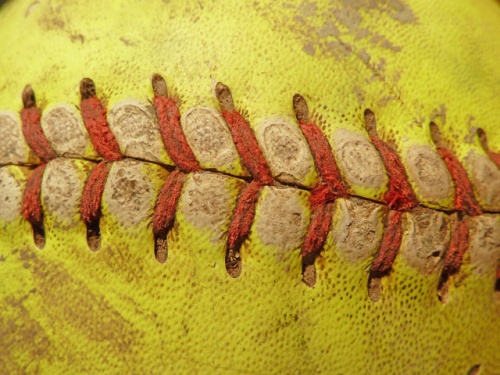
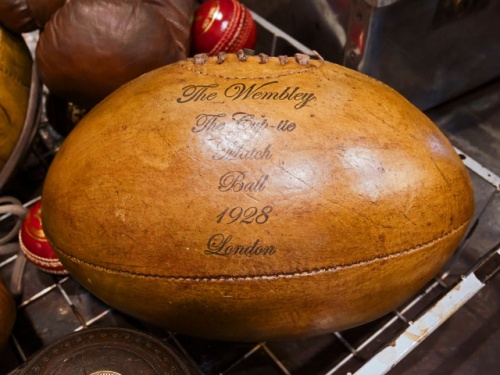
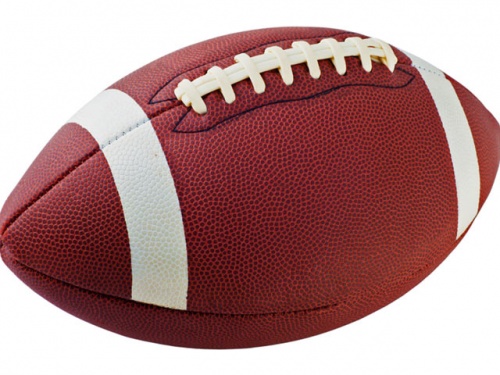

 a kotori web solution
a kotori web solution